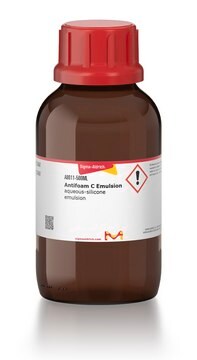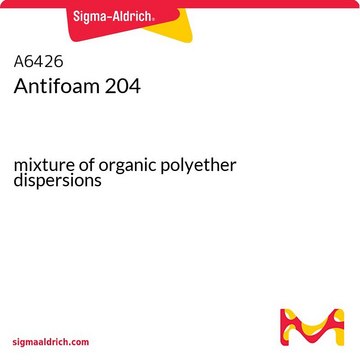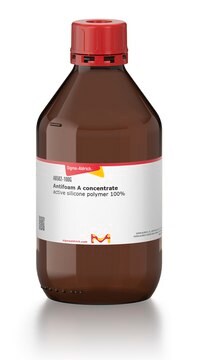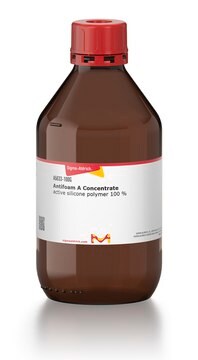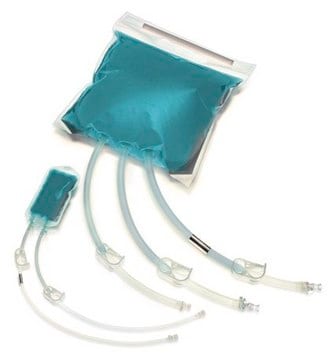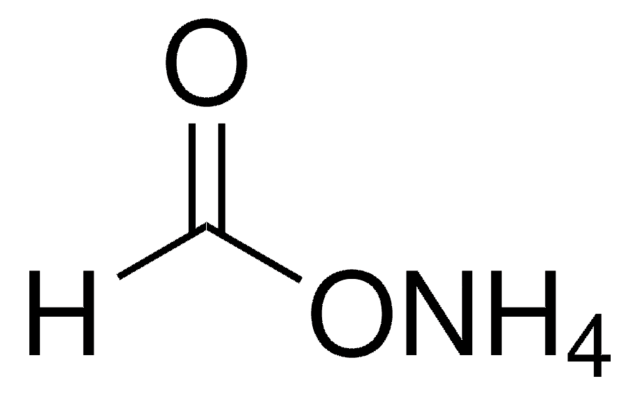A8582
Antifoam SE-15
aqueous emulsion for bacterial and mammalian systems
Sinónimos:
silicone-based antifoam
About This Item
Productos recomendados
Quality Level
form
emulsion (aqueous)
concentration
10% (active silicon)
technique(s)
cell culture | hybridoma: suitable
solubility
H2O: soluble (effective hot or cold.)
density
1.0 g/mL at 25 °C
application(s)
microbiology
storage temp.
room temp
suitability
(Mammalian (suspension))
bacteria (fermentation)
General description
Application
- in the preparation of ramified rolling circle amplification (RAM) amplification buffer.
- to find its effects on cell viability, virus infectivity and PCR (polymerase chain reaction) performance.
- as a constituent of phosphate-buffered saline (PBS) for the determination of total antioxidant status (TAOS) by 2,2′-azino-bis(3-ethylbenzothiazoline-6-sulfonic acid (ABTS) assay.
- as a component of autoinduction expression culture.
- as a component of cyclic adenosine monophosphate (cAMP) detection buffer.
Features and Benefits
- Controls foaming in microbial culture flasks or fermentations
- Non-toxic to the culture medium
- Can be pumped to fermenter on an as-needed basis
Components
Preparation Note
suspensions should be used immediately.
Related product
signalword
Warning
hcodes
Hazard Classifications
Eye Irrit. 2 - STOT RE 2 Inhalation
target_organs
Lungs
wgk_germany
WGK 1
Certificados de análisis (COA)
Busque Certificados de análisis (COA) introduciendo el número de lote del producto. Los números de lote se encuentran en la etiqueta del producto después de las palabras «Lot» o «Batch»
¿Ya tiene este producto?
Encuentre la documentación para los productos que ha comprado recientemente en la Biblioteca de documentos.
Los clientes también vieron
Nuestro equipo de científicos tiene experiencia en todas las áreas de investigación: Ciencias de la vida, Ciencia de los materiales, Síntesis química, Cromatografía, Analítica y muchas otras.
Póngase en contacto con el Servicio técnico